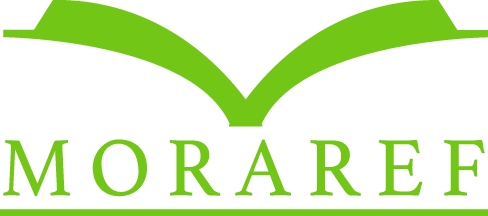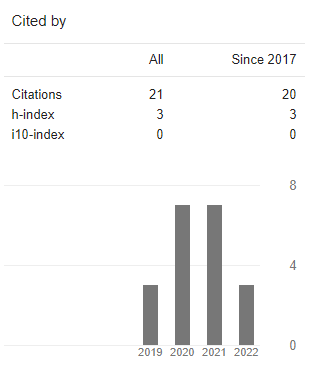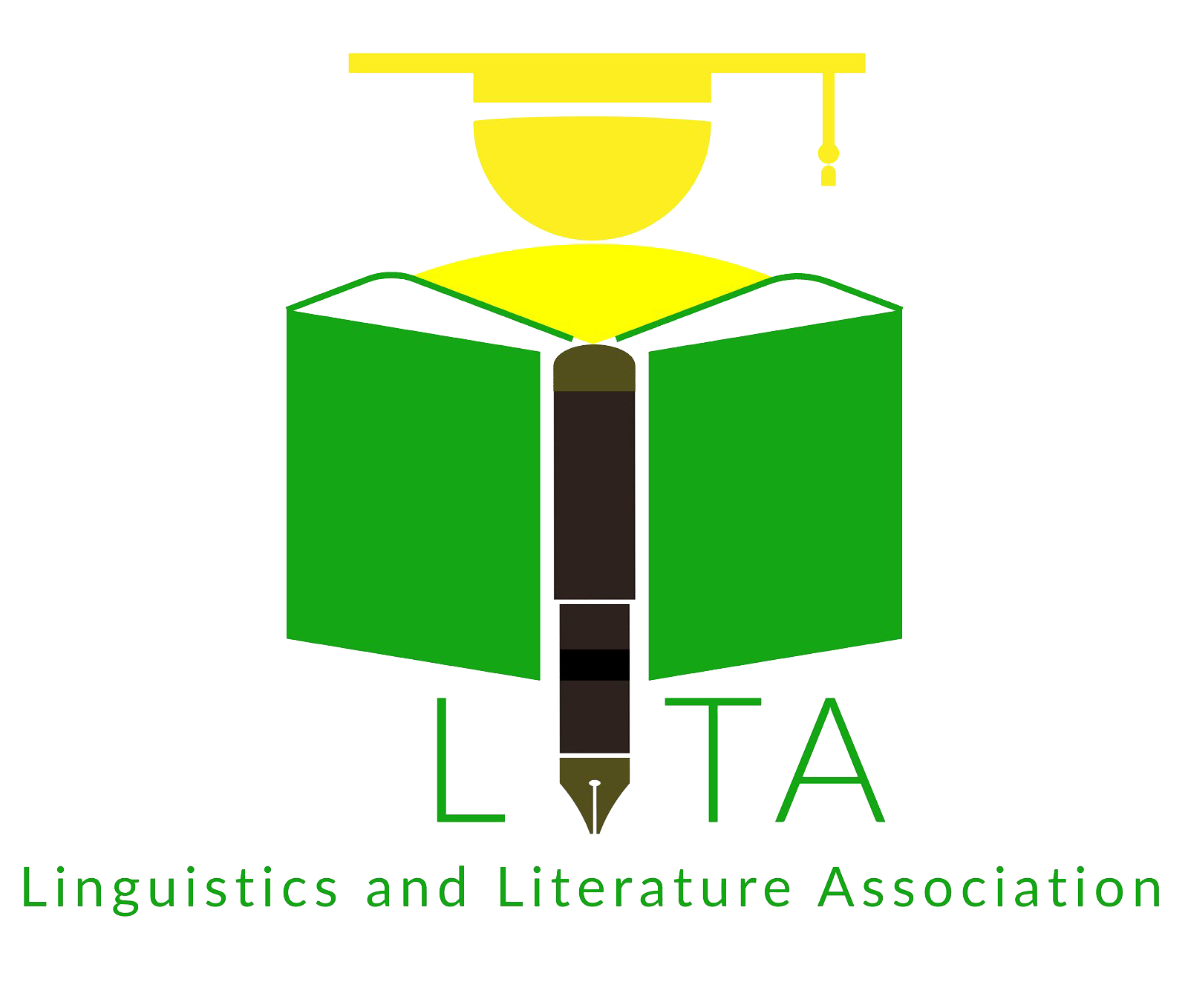Face-Threatening Acts on Illocutionary Utterances in the Third US Presidential Debate of 2016
DOI:
https://doi.org/10.21776/ub.alphabet.2019.02.01.06Keywords:
Face Threatening Acts (FTAs), Illocutionary Utterances, Rhetoric, DebateAbstract
This research aims to investigate the face-threatening acts (FTAs) on illocutionary utterances found in a 2016 US presidential debate. A descriptive qualitative approach and document analysis were applied in this research. The data source of this research is the transcript of the last debate of the US presidential election in 2016. The illocutionary utterances were identified and categorized based on the five types of illocutionary utterances in Austin and Searle’s theory, and the data were analyzed using Brown and Levinson’s theory of FTAs. The result shows the illocutionary utterances that contain most FTAs are expressive illocutionary utterances (40.62%), directive illocutionary utterances (20.83%), assertive illocutionary utterances (17.70%), commissive illocutionary utterances (16.66%), and declarative illocutionary utterances (4.16%). Next, the most common FTAs the debater performs are the speaker’s negative face (33 times), followed by the hearer’s positive face, the hearer’s negative face, and the speaker’s positive face. This research has also shown that the speaker’s positive face does not always threaten the hearer’s positive or negative face, and vice versa.
References
Amundrud, T. M. (2012). Face-threatening acts (FTAs) in advanced non-native English speaker (NNES) emails: A study of interlanguage pragmatics. International Journal on Research Gate, 61 (1), 183-190.
Ary, D., Jacobs, L. C., Sorensen, C., Razavieh. A. (2010). Intro to research in education (8th ed). Wadsworth: Cengage Learning.
Austin, J. L. (1962). How to do things with words (the William James lectures delivered at Harvard University in 1955). London: Oxford University Press.
Freeley, A., & Steinberg, D. L. (2009). Argumentation and debate: Critical thinking for reasoned decision making (12th ed). Wadsworth: Cengage Learning.
Full transcript: Third 2016 presidential debate. (2016, September 20). Politico.com. Retrieved August 02, 2016, from https://www.politico.com/story/2016/10/full-transcript-third-2016-presidential-debate-230063.
Gil, J. M. (2012). Face-threatening speech acts and face-invading speech acts: An interpretation of politeness phenomena, International Journal of Linguistics on Macrothink Institute TM 4 (2), 400-411.
Grundy, P. (2000). Doing pragmatics (2nd ed). New York: Oxfords University Press Inc.
Herbert, C. H., & Carlson. T. B. (1982). Hearers and speech acts. International Journal on Linguistic Society of America in collaborating with JSTOR, 58 (2), 332-373.
Huang, Y. (2007). Pragmatics. New York: Oxford University Press Inc.
Kedves, A. (2013). Face threatening acts and politeness strategies in summer school application calls. International Journal on Original scientific article, 14 (2-3), 431-444.
Ketika Komentar Cabul dan Kebijakan ‘Tolak Muslim' Trump Jadi Pembicaraan Netizen Indonesia (2016, September 10). bbc.com. Retrived March 20, 2017, fromhttps://www.bbc.com/indonesia/majalah/2016/10/161010_trensosial_trump_hillary_indo.
Maulidiyah, S. (2016). Face threatening acts and politeness strategy performed by debaters at debate.org website (thesis): State Islamic institute (IAIN) of Tulungagung, Tulungagung.
Murakami, M. (2011). A study of compensation for face-threatening acts in service encounters in Japan and the United States. Journal Dissertations and Theses, 1 (1), 1-131.
Roberts, J. (1992). Face-threatening acts and politeness theory: Contrasting Speeches from Supervisory Conferences. Journal of Curriculum and Supervision ,7 (3), 287-301.
Saat Debat Capres AS Memanas, Clinton Tuding Trump Rasis (2016, September 27). dunia.tempo.co. Retrived March 25, 2017, from https://dunia.tempo.co/read/807679/saat-debat-capres-as-memanas-clinton-tuding-trump-rasis.
Searle, R. J. (1979). Expression and meaning: Studies in the theory of speech acts. New York: Cambridge University Press.
Wardaugh, R., & Fuller. J. M. (2005). An introduction to sociolinguistics (7th ed). Chichester: Willey Blackwell.
Yule, G. (2010). The study of language (4th ed). New York: Cambridge University Press.




















